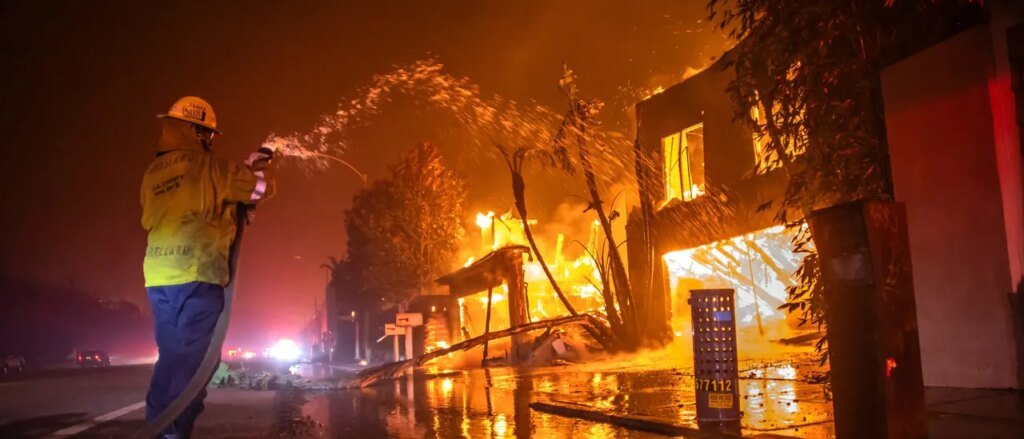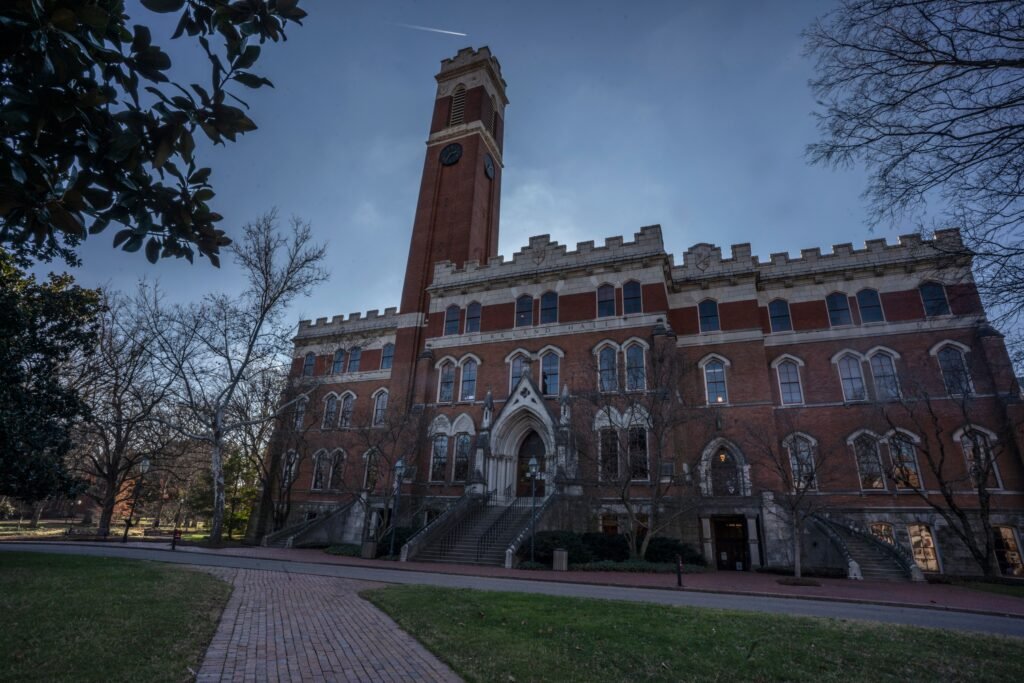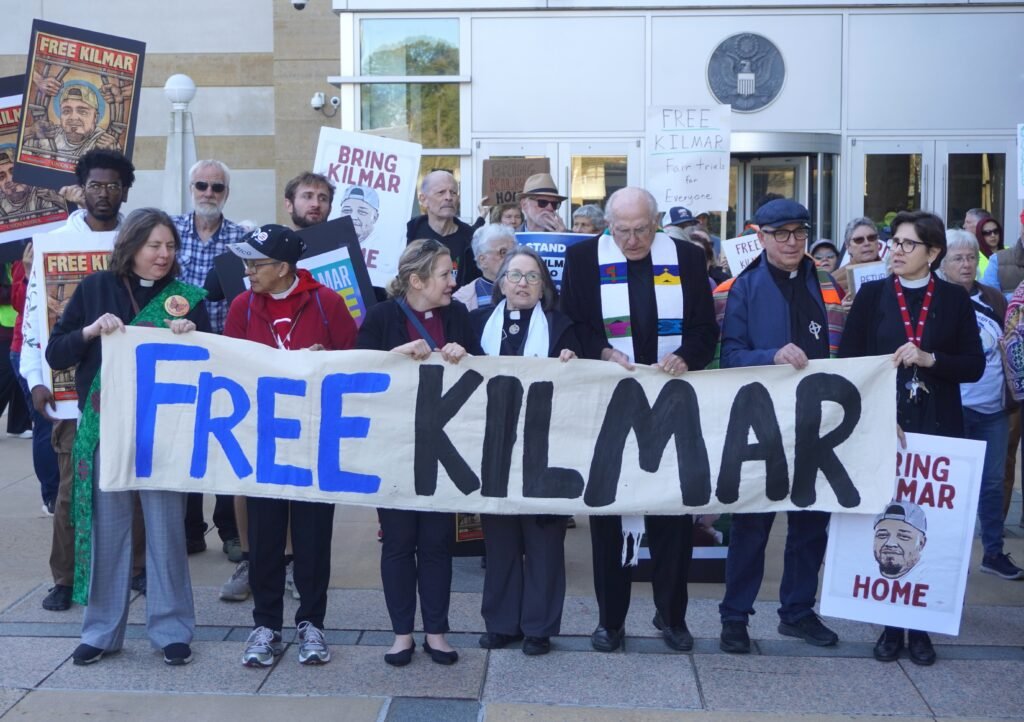Independent Review of LA County’s Response to January Fire
A recent independent assessment of Los Angeles County’s handling of the January fire reveals several significant weaknesses that hindered efforts to warn and evacuate residents. Particularly notable was the sheriff’s department being stretched thin due to commitments to events commemorating the January 6th attack.
This devastating fire claimed 31 lives and destroyed over 16,000 structures, causing damages estimated at around $100 billion, according to the Los Angeles Times. A post-action report prepared by the McChrystal Group for the Los Angeles County Board of Supervisors pinpointed key issues such as understaffing, outdated policies, inconsistent practices, and communication barriers that impeded the response efforts.
The report particularly highlighted a troubling shortage of resources, with around 900 deputy positions unfilled at the Los Angeles County Sheriff’s Department (LASD). It also pointed out that LASD personnel were diverted to manage multiple planned events, including the Rose Parade, as well as the anniversary of the Capitol attack and the presidential inauguration.
“While the department had the resources to respond to extreme wind and fire events, competing priorities stretched its capabilities,” the report noted.
Moreover, the county’s evacuation procedures were complicated by conflicting and outdated policies regarding decision-making authority. The review found that there was a lack of clarity in the chain of command for issuing evacuation orders.
Alerts about evacuations were inconsistent, with some residents needing to opt-in or navigate additional links for complete information, which delayed the dissemination of crucial alerts. The alert system also missed important details on the fire’s progression, including which areas were designated for evacuation.
This led some residents to report inadequate warnings before the fire reached their neighborhoods. The breakdown of power and cell towers further complicated the situation by disrupting evacuation notifications.
Additionally, the review emphasized a lack of a unified platform among county agencies as a significant hurdle in efficiently managing and responding to emergencies.
“Although frontline responders acted decisively and often heroically under challenging conditions, the events underscored the need for clearer policies, robust training, integrated tools, and better communication with the public,” stated the report.
Requests for comments from both the Los Angeles County Board of Supervisors and LASD did not receive responses in time for this report’s release.
The findings did not aim to investigate fraud or allocate blame, yet officials, including Los Angeles Mayor Karen Bass and Governor Gavin Newsom, faced criticism for their management of the response. Critics pointed to overall policies that not only elevated fire risks but also led to water shortages impacting firefighting efforts.
The post-fire recovery is also encountering delays and inefficiencies. Information suggests that to date, only about 21% of construction applications submitted to Los Angeles County have been approved.
In response to the fires, the Fireaid concert series raised $100 million for victims, but it’s under scrutiny due to an audit revealing concerns about fund distribution, particularly a lack of direct assistance to affected individuals and communities.







